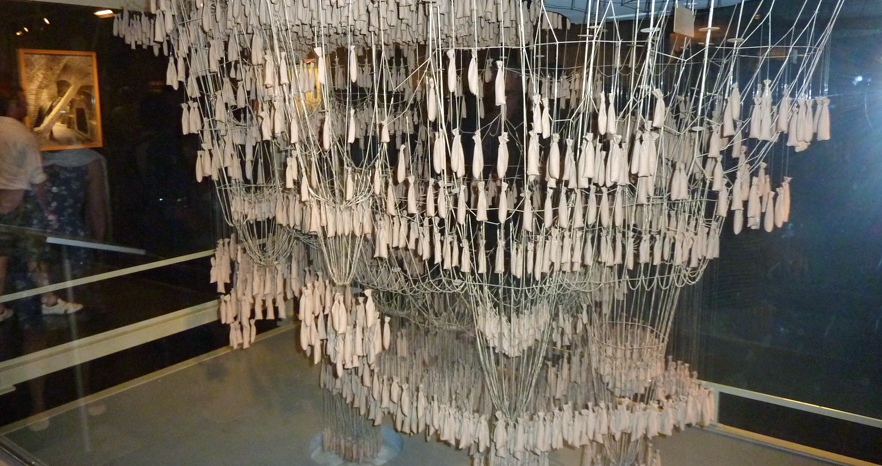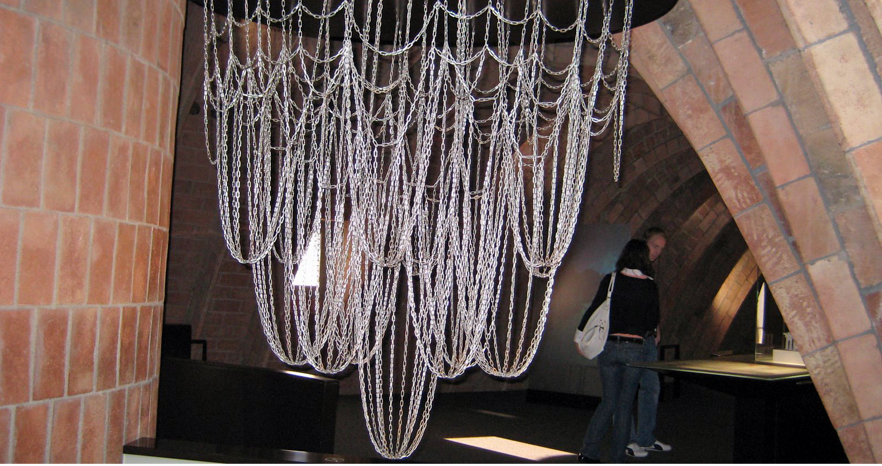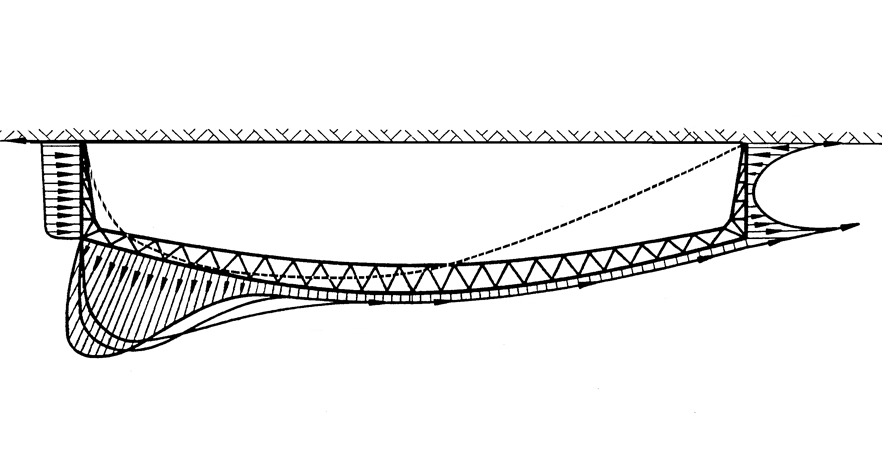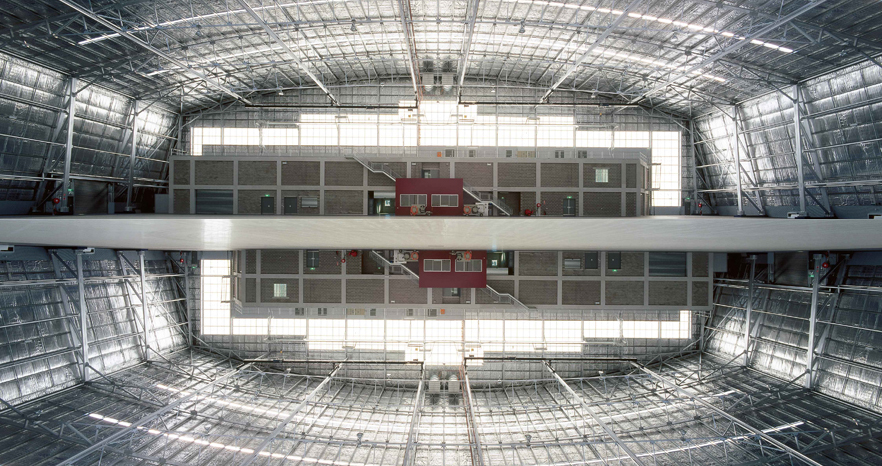In 1675 Robert Hooke gave a paper to the Royal Society and proposed when addressing the behaviour of an arch. In it, he stated:
"Ut pendet continuum flexile, sic stabit contiguum rigidum inversum"
or
"As hangs a flexible cable, so inverted, stand the touching pieces of an arch"
He attached so much importance to this finding that he was reluctant to make it clear in English; preferring to use Latin. This is, in our opinion, one of the most brilliant ideas in the history of structural analysis, and forms the basis for s²'s fundamental principles.
Antonio Gaudi, some 200 years later became perhaps the best known exponent of this philosophy and created hanging chains with lead shot masses contained in bags to simulate the weight of masonry. The shape created by the chain, could then be inverted to generate the pure form of an arch or vault, or what he called a "thrust line".
Ingeniously he placed a mirror under the model, to view the outcome. He believed that the purest structural form would generate the most pleasing aesthetic result.
In a similar way s² uses these techniques of equilibrium to generate solutions for long span steel structures.
![[image]](/media/16250/HG1.jpg)
![[image]](/media/16255/HG2.jpg)
![[image]](/media/16265/HG4.jpg)
![[image]](/media/16275/HG6.jpg)
![[image]](/media/16270/HG5.jpg)
![[image]](/media/16280/HG7.jpg)
![[image]](/media/16260/HG3.jpg)
![[image]](/media/16285/HG8.jpg)







